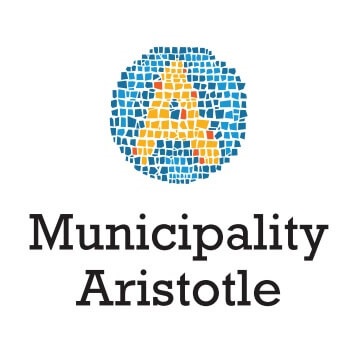Cholomontas is the second highest mountain in Halkidiki (after Mount Athos) and covers the eastern and central parts of the region. It extends from Polygyria to Arnaia in a southwest-northeast axis, and its maximum height is 1,165 meters at the peak of the same name. Some of the other peaks of the mountain range include Ptouni (909 m.), Stavrou Toumba (938 m.), Liargkova (821 m.) above Arnaia, and Kastri (748 m.). To the northwest, it connects to Mount Chortiatis, while its northeastern extension is the Stratonic Mountain, which stretches across northeastern Halkidiki.
Cholomontas is also known as Ypsizonos (or Ypsizon Oros), a term with ancient roots. It means “highly surrounded” and was given to it due to its impressive vegetation. Its timber was highly sought after for shipbuilding in antiquity.
A large part of the mountain range is included in the Natura 2000 Protected Areas Network. Regarding the flora, the area is primarily covered by oaks (quercus) and, to a lesser extent, beech, urnarias, strawberry trees, and others. Over 30% of the total forest area has been reforested with pines and firs. These species are an important source of exploitation, generating significant income for the local community.
The fauna of Cholomontas is also rich. Here, one can still encounter species such as roe deer, wild boars, hares, wolves, foxes, martens, badgers, and weasels. The area is designated as significant for birdlife, as it is home to breeding predators such as the buzzard, vulture, snake eagle, golden eagle, peregrine falcon, and owl. It is also likely that the black stork breeds here. In addition to the predators, migratory species (thrushes, pheasants) and many endemics such as partridges, blackbirds, and some woodpecker species can also be found.
Info
Cholomontas is ideal for both alternative tourism activities and environmental education. There are old trails that have been marked, as well as new designated walking routes.



